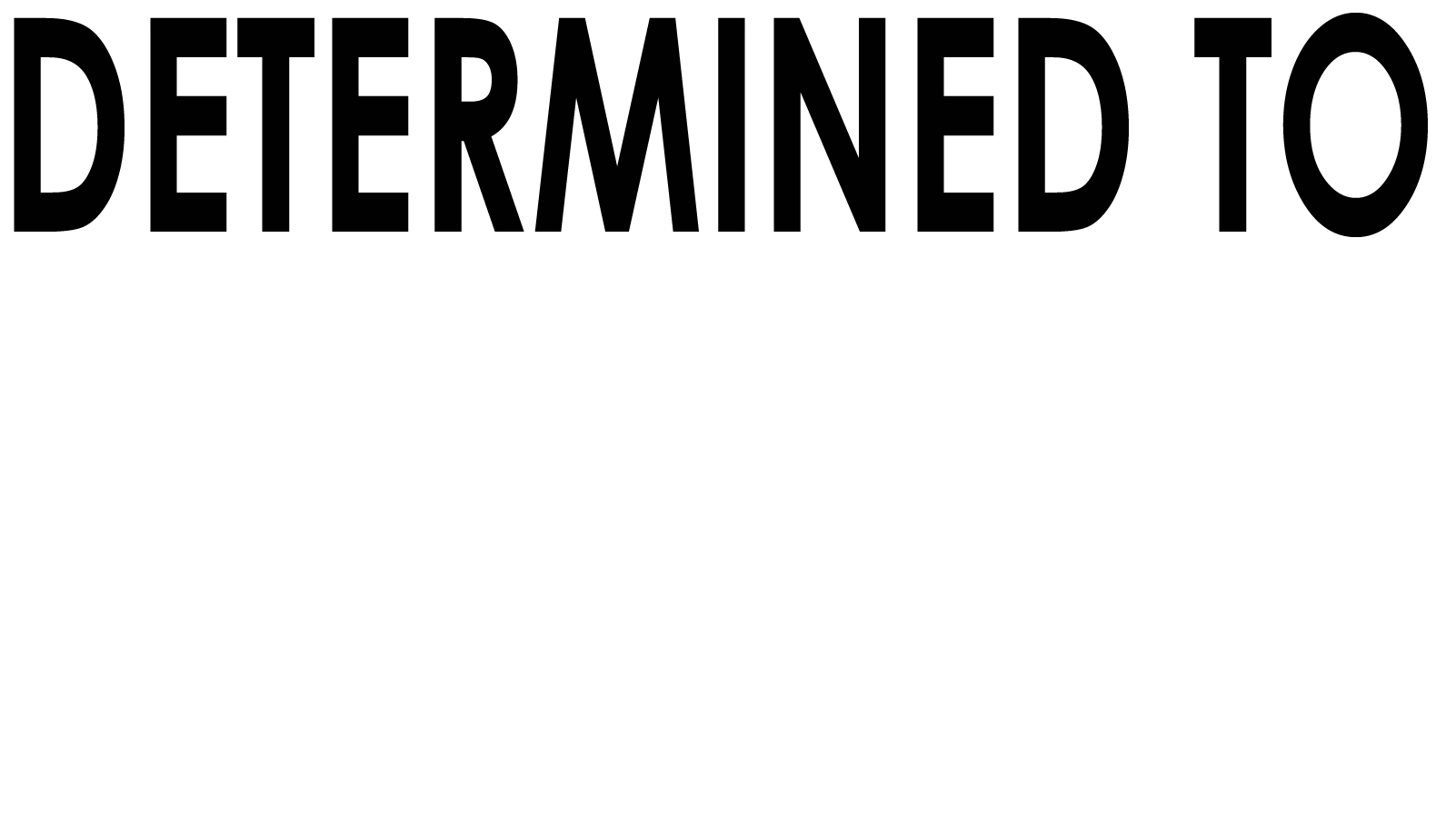However, they do require a set number of related education hours; some will be addiction-related, others counseling-related. In many cases, you have the option of completing your hours through formal academic coursework or continuing education. Self-help groups benefit those with substance use disorders, allowing participants to openly share their feelings in a safe, confidential environment with others who won’t judge or criticize them.
- It incorporates a mix of clinical techniques, 12-step philosophy, and practical problem-solving methods.
- Optimal group therapy varies from one individual or group to the next.
- Calling a national helpline can be a good place to start if you’re unsure where to look.
- Substance abuse counselors are trained to treat substance use disorders by default.
- It’s these very thought processes and behaviors which may also be responsible for the onset of the drug or alcohol use.
- You’re more likely only to provide the bare minimum- and the days, weeks, and years will subsequently drag.
Since family and friends also feel the effects of addiction, substance abuse counselors may counsel family and friends as well. Outpatient substance use treatment emphasizes involving families in the recovery process. Family therapy mends relationships, fosters open communication, and educates loved ones about addiction. Engaging families increases the chances of long-term success, creating a supportive environment.
What is an addiction counselor?
The credentials and the requirements may vary significantly from state to state. This is an evolving site, so we welcome any information or input you may have. If you or someone you care about is struggling with an AUD, you will likely benefit from some form of treatment.

An addiction counselor (substance abuse counselor) provides expert care and support to people who have substance use disorder (SUD), like alcohol use disorder or opioid use disorder. Compared to residential programs, outpatient treatment is more cost-effective. Inpatient programs involve substantial costs related to 24/7 medical supervision and accommodation. Conversely, outpatient programs eliminate these expenses, making quality addiction treatment more affordable.
Quick Start: Get Matched With an Online Therapist Right for You
Calling a national helpline can be a good place to start if you’re unsure where to look. However, to ensure you find exactly the right treatment for you, or even if you just need a listening ear, call The Recovery Village — it’s free, completely confidential, and you don’t have to commit to a program. Before diving into the vital role addiction counseling plays in the recovery process, substance abuse counseling it is crucial to understand addiction itself. According to the National Survey on Drug Use and Health, approximately 20 million Americans aged 12 or older battled a substance use disorder in 2020 alone. These staggering statistics highlight the urgent need for effective intervention and support. Professionals in private practice must be licensed by the state where they work.

Substance abuse counselors typically work in substance abuse treatment facilities, such as outpatient clinics and residential treatment centers. They may also work in hospitals, mental health clinics, or private practice. Outpatient programs prioritize personalized treatment plans, tailoring interventions to each individual’s unique needs. Thorough assessments identify specific challenges, underlying causes, and co-occurring mental health issues contributing to addiction. This personalized approach, emphasized by SAMHSA, increases the likelihood of successful recovery by providing targeted support.
Short-Term Effects of Alcohol Abuse
Relapse prevention is one of the primary goals of any successful counselor. Many times, clients enter treatment for drug or alcohol abuse without the resources or tools needed to sustain sobriety. Likewise, they may have previously attempted sobriety in the past, but they did not receive the results they wanted. The private nature of these sessions allows the patient to address topics that are private in nature and which they may not want to openly discuss in a group setting. It is during individual counseling that patients will receive the one-on-one support that they need to work through their problems and learn how to prevent relapse. As with any disease or condition, addiction affects various elements of the user’s thought processes and behaviors.
- As an addiction counselor, you will often work “out of your comfort zone” in substance abuse treatment.
- The simultaneous presence of both substances can exacerbate the challenges families face, leading to heightened conflicts, financial strains, and emotional distress.
- They provide treatment and support for people trying to overcome substance use disorders or addictions.
- For most positions, a bachelor’s degree is required to be an addiction counselor.
- Group therapy is a popular choice as everyone in the group is also looking to recover from their substance abuse, making it so that no one feels alone in their treatment.
- The same report found that less than 10 percent of people who needed treatment for substance use disorder received it.


